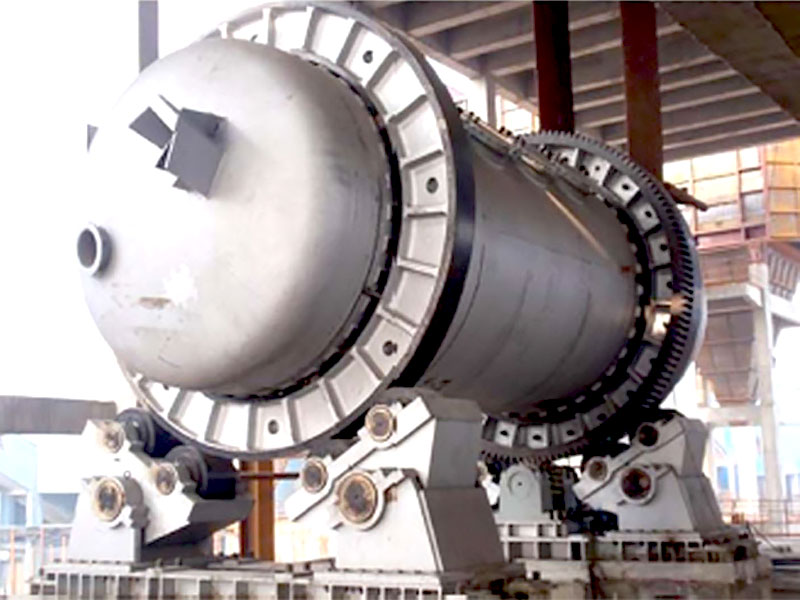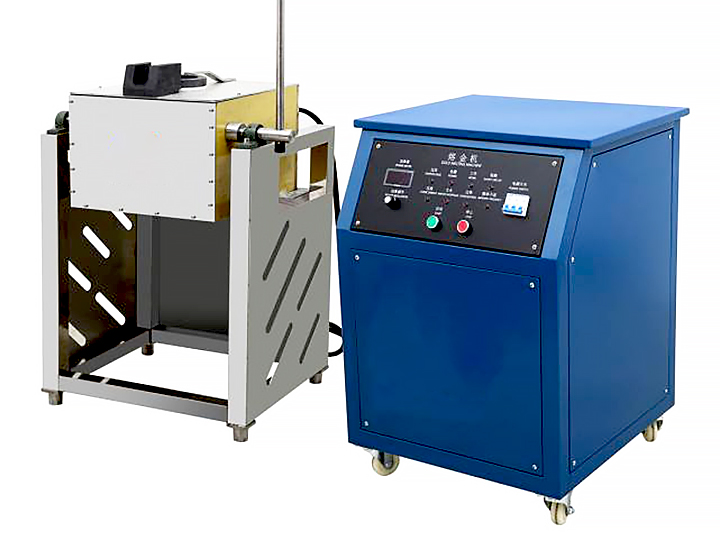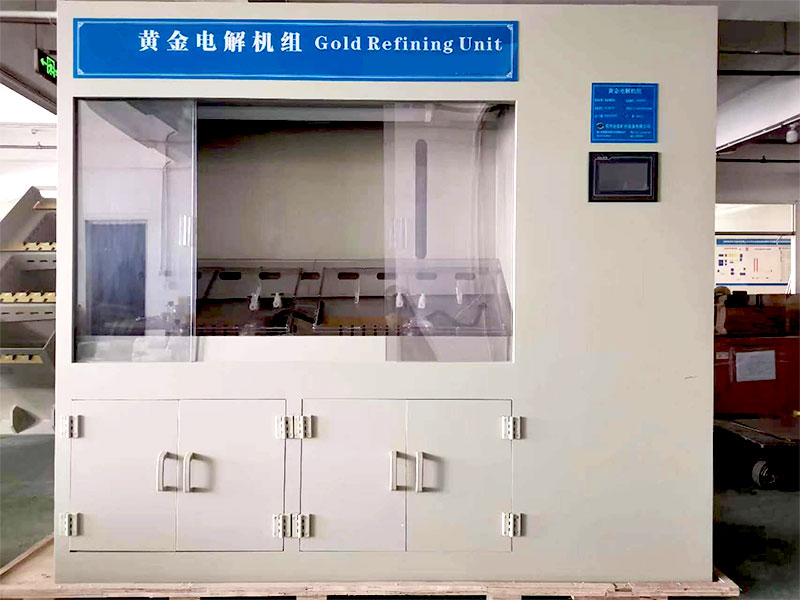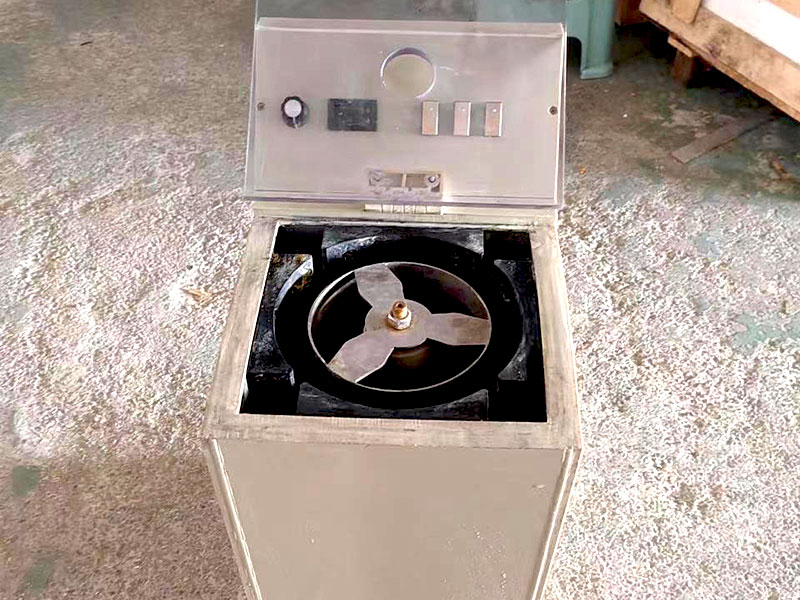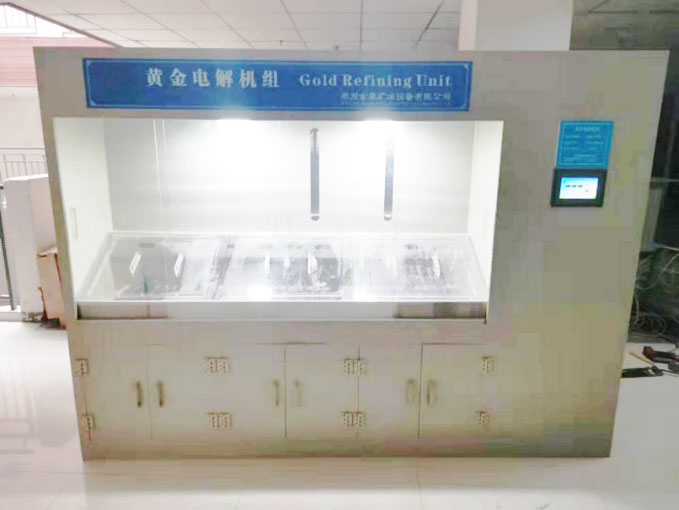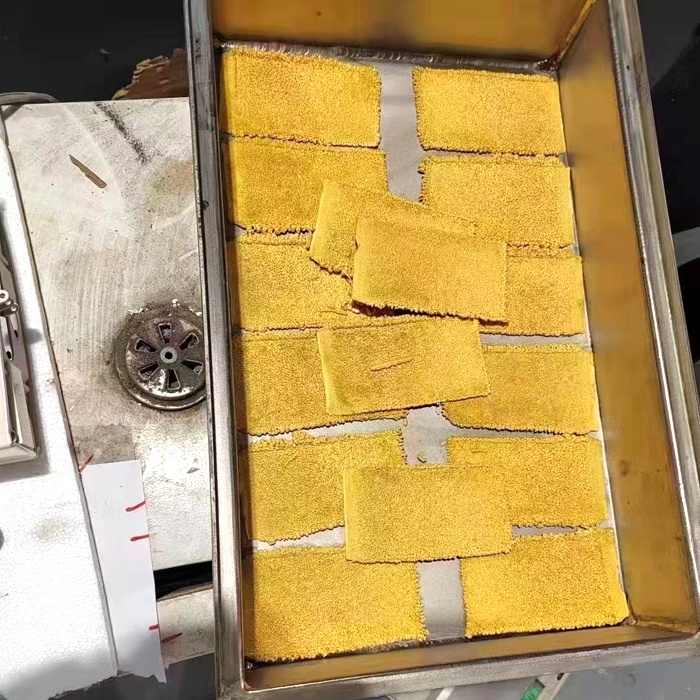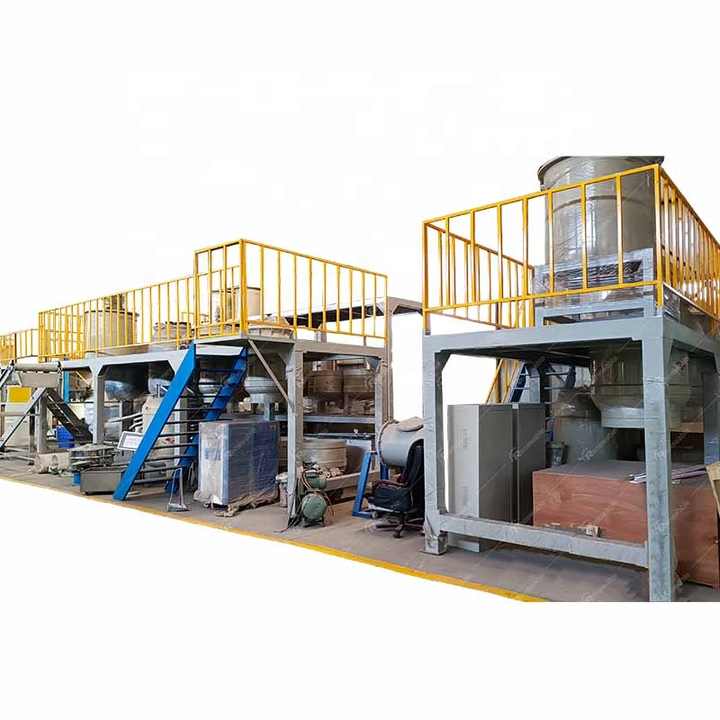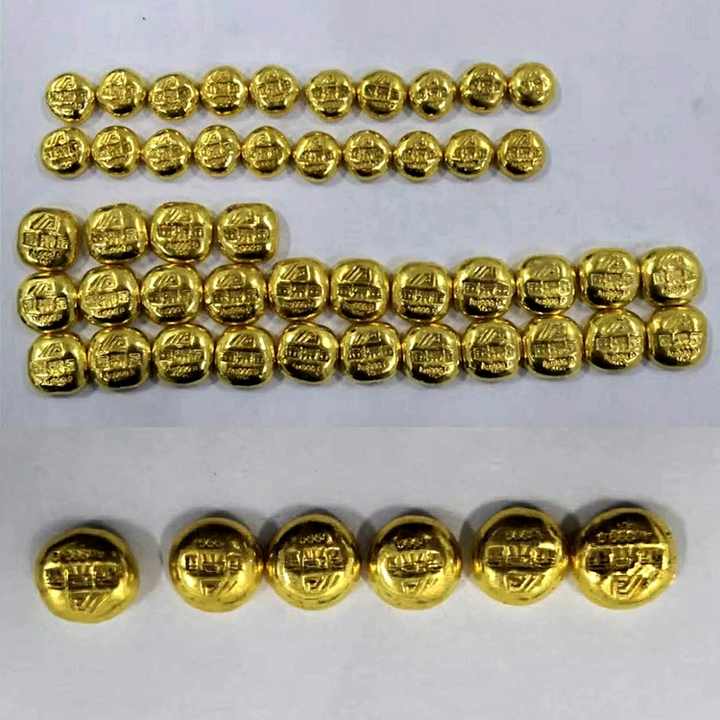gold refining from computer scrap
Gold Refining from Computer Scrap A Comprehensive Guide
Gold refining from computer scrap is a valuable process in the recycling industry, transforming old electronics into pure gold. This process not only helps in recovering precious metals but also contributes to environmental sustainability by recycling electronic waste. This article explores the methods used in gold refining from computer scrap, the steps involved, and the benefits of this recycling practice.
Understanding Gold in Computer Scrap
Sources of Gold in Computer Scrap
Computer scrap, also known as e-waste, contains various valuable materials, including gold. Gold is commonly found in electronic components such as circuit boards, connectors, and chips. The high conductivity and corrosion resistance of gold make it a preferred material in electronic devices.
Types of Gold Components
- Circuit Boards: The most significant source of gold in computer scrap is the circuit boards, where gold is used in connectors, contacts, and plating.
- Connectors and Chips: Gold is often used in connectors and chips due to its excellent conductivity and reliability.
- Plating: Many electronic components are gold-plated to enhance their durability and performance.
Methods for Gold Refining from Computer Scrap
Physical Separation
The initial step in gold refining from computer scrap involves physical separation. This includes dismantling and sorting the electronic components to isolate the gold-containing parts.
- Manual Dismantling: Technicians manually remove valuable components from the electronic waste.
- Shredding: Larger pieces of scrap are shredded into smaller fragments to facilitate further processing.
- Sieving and Sorting: The shredded material is sieved and sorted to isolate components that contain gold.
Chemical Refining
Chemical refining is a crucial step in extracting gold from computer scrap. This process involves the use of chemicals to dissolve and separate gold from other materials.
- Acid Leaching: Gold is often extracted using a solution of hydrochloric and nitric acids, known as aqua regia. This method dissolves gold and allows it to be separated from other metals.
- Preparation: The scrap is first treated with acids to dissolve the gold.
- Separation: Gold is then precipitated from the solution using a reducing agent.
- Cyanidation: In some cases, cyanide solutions are used to leach gold from the scrap. This process is highly effective but requires careful handling due to the toxicity of cyanide.
- Leaching: The scrap is treated with a cyanide solution to dissolve the gold.
- Precipitation: Gold is recovered from the solution using zinc or another precipitating agent.
Electrolytic Refining
Electrolytic refining involves using an electric current to purify gold extracted from computer scrap. This method is highly effective for achieving high-purity gold.
- Electrolytic Cells: Gold is placed in an electrolytic cell with a gold chloride solution. The electric current drives the gold to deposit onto electrodes.
- Purification: The deposited gold is collected and further purified to achieve the desired purity level.
Benefits of Gold Refining from Computer Scrap
Environmental Sustainability
Refining gold from computer scrap is an environmentally friendly practice. It helps reduce electronic waste and prevents harmful substances from being released into the environment. By recycling e-waste, valuable resources are conserved, and the need for new mining operations is reduced.
Resource Recovery
Gold refining from computer scrap allows for the recovery of valuable metals that would otherwise be lost. This process helps to reclaim gold and other precious metals from old electronics, contributing to resource conservation and reducing the environmental impact of mining.
Economic Advantages
The recycling of gold from computer scrap can be economically advantageous. It provides a cost-effective way to obtain gold and other valuable materials without the need for traditional mining. Additionally, it creates opportunities for businesses involved in e-waste recycling and refining.
Challenges and Considerations
Safety and Environmental Concerns
Gold refining from computer scrap involves handling hazardous chemicals and materials. Proper safety measures and environmental controls are essential to prevent exposure to toxic substances and minimize environmental impact.
Technical Expertise
The refining process requires technical expertise and specialized equipment. It is crucial to have trained personnel and appropriate facilities to ensure the efficient and safe recovery of gold from electronic waste.
Gold refining from computer scrap is a vital process in the recycling industry, offering numerous benefits including environmental sustainability, resource recovery, and economic advantages. By utilizing methods such as physical separation, chemical refining, and electrolytic refining, valuable gold and other precious metals can be extracted from old electronics. Despite the challenges involved, this practice plays a crucial role in managing electronic waste and contributing to a more sustainable future.

